Ireland's journey to the European Union (EU) was not straightforward, but it culminated in the country joining the bloc in 1973. Ireland's membership of the EU was a significant milestone in the country's history, as...
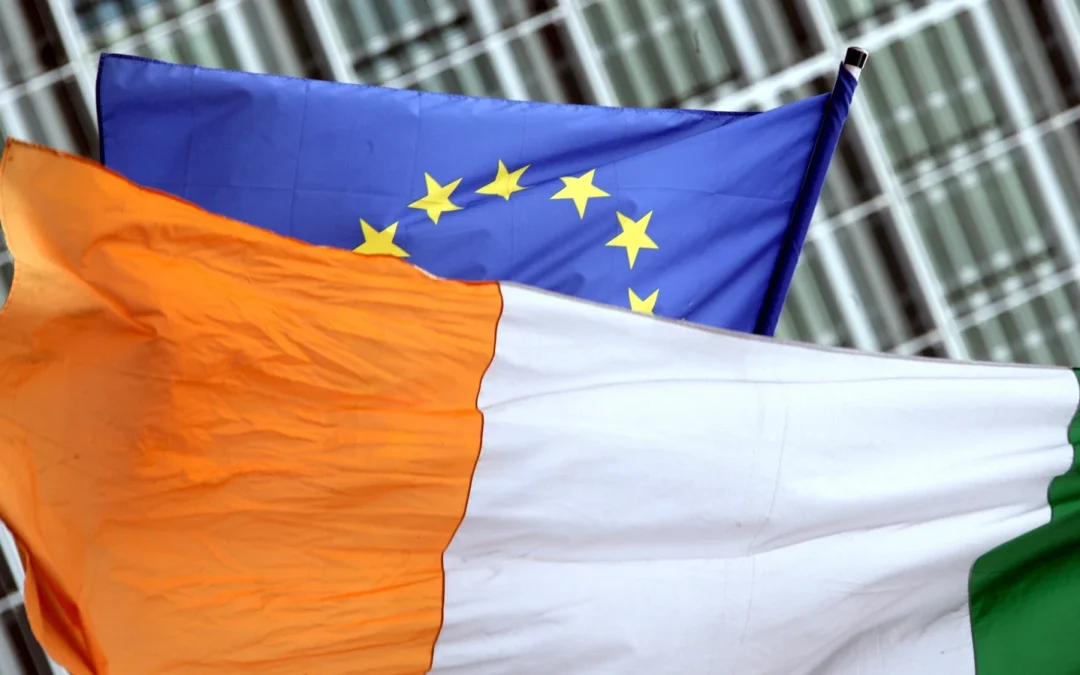

Ireland's journey to the European Union (EU) was not straightforward, but it culminated in the country joining the bloc in 1973. Ireland's membership of the EU was a significant milestone in the country's history, as...
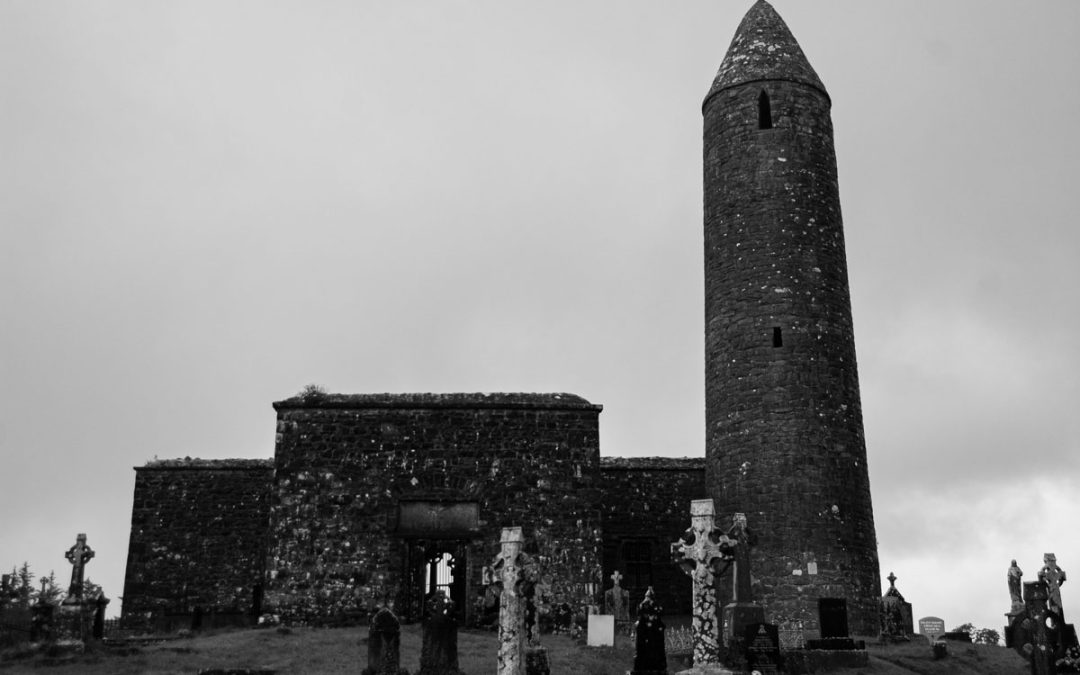
Roundtowers are a distinct architectural feature of Ireland, and their origins and purpose have fascinated scholars and historians for centuries. These tall, cylindrical structures are unique to Ireland, with over 65...
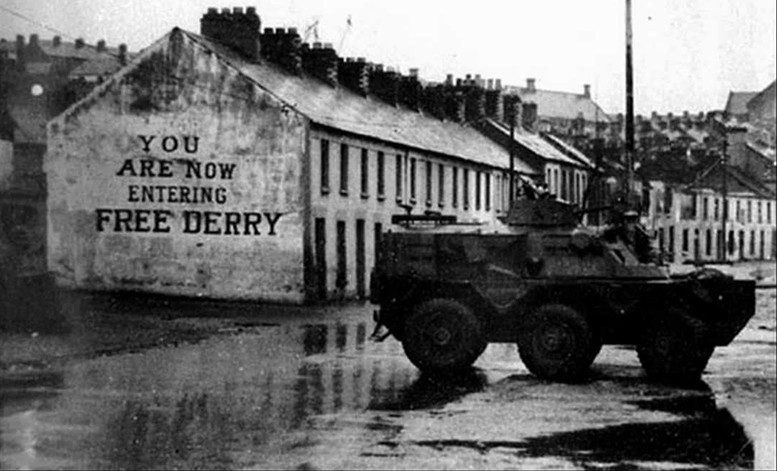
In the early morning of 31 July 1972, the British army initiated Operation Motorman in response to Bloody Friday, a series of bombs that occurred days earlier in Belfast. Their goal was to re-take control of 'no-go'...
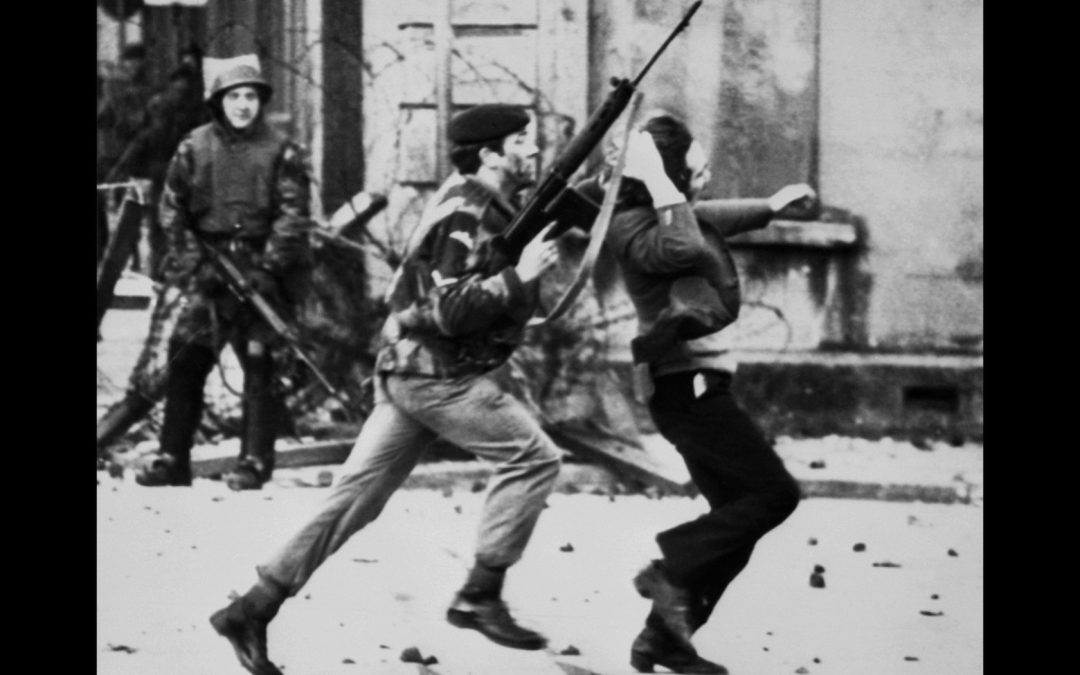
Bloody Sunday occurred on January 30, 1972, in the city of Derry when the parachute regiment of the British army opened fire on a Civil Rights march killing 13 people, another victim died later from his wounds. By 1969...
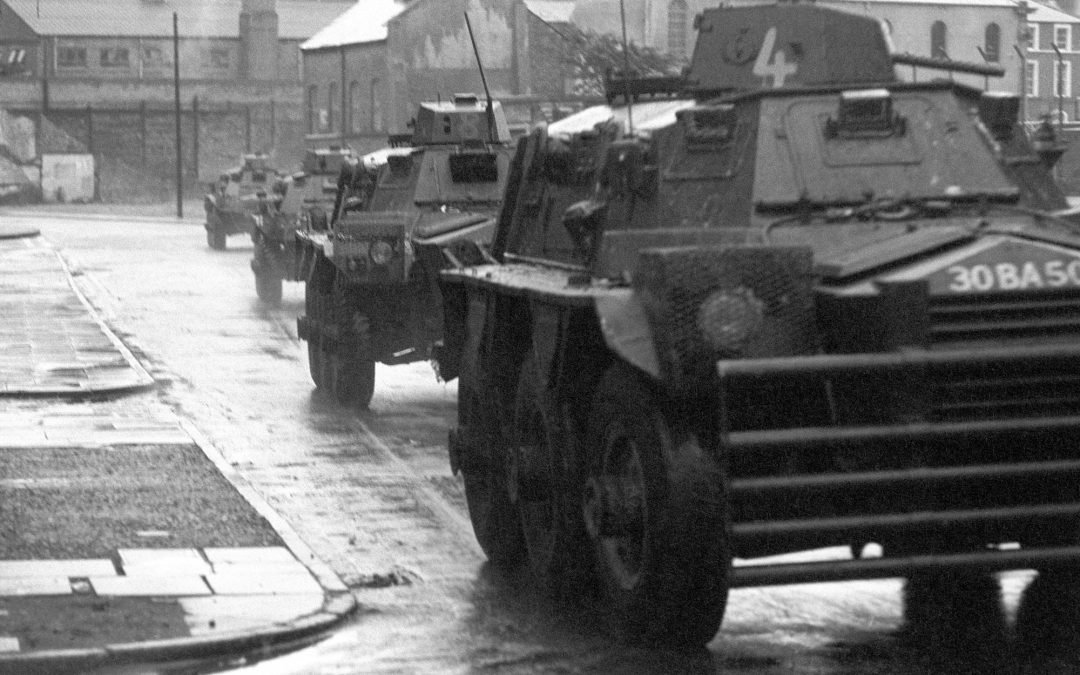
In the summer of 1969, the British government invoked Operation Banner, the deployment of troops to Northern Ireland. What was supposed to be a "limited operation" to restore law and order, it became the longest continuous deployment in the history of the British...
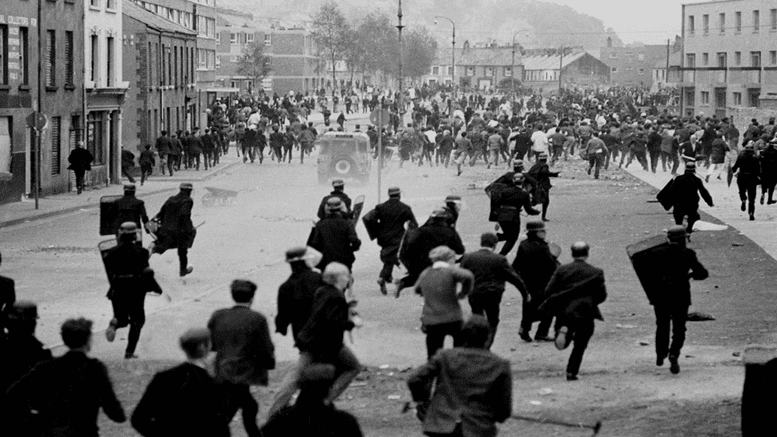
Following on from the Peoples Democracy march of 1st January 1969 from Belfast to Derry and the subsequent rioting in the Bogside and other towns in Northern Ireland, the Northern Ireland Civil Rights Association and its supporters were openly condemned by the...

Following the formation of the Northern Ireland Civil Rights Association (NICRA) in 1967, the reaction of the Unionist Government was quick and predictably negative. Terence O’ Neill, the aristocratic prime minister of Northern Ireland, was trying in his own way to...
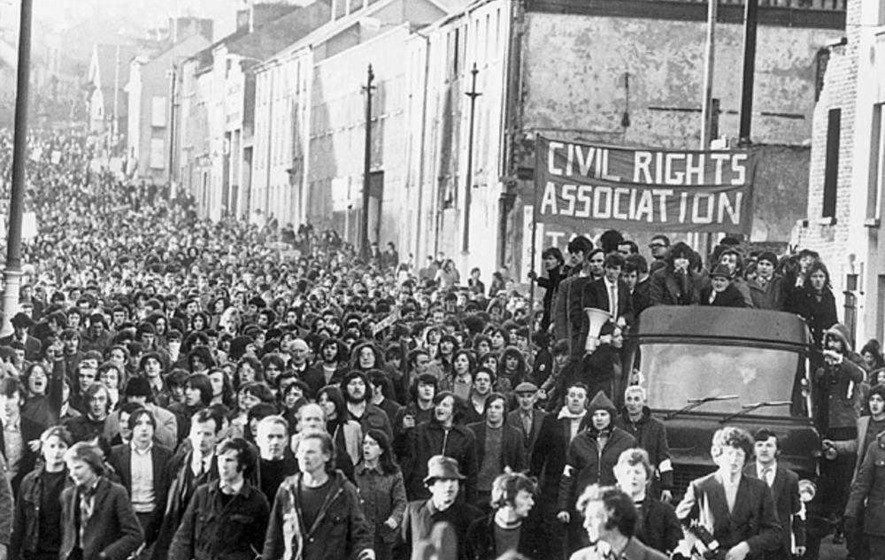
The “zeitgeist” of the 1960s can best be described as the demand for freedom, equality, and justice. In Czechoslovakia, the streets of Paris, the Southern States of the USA, South Africa, Algeria, and many other places the poor and disenfranchised took to the streets....
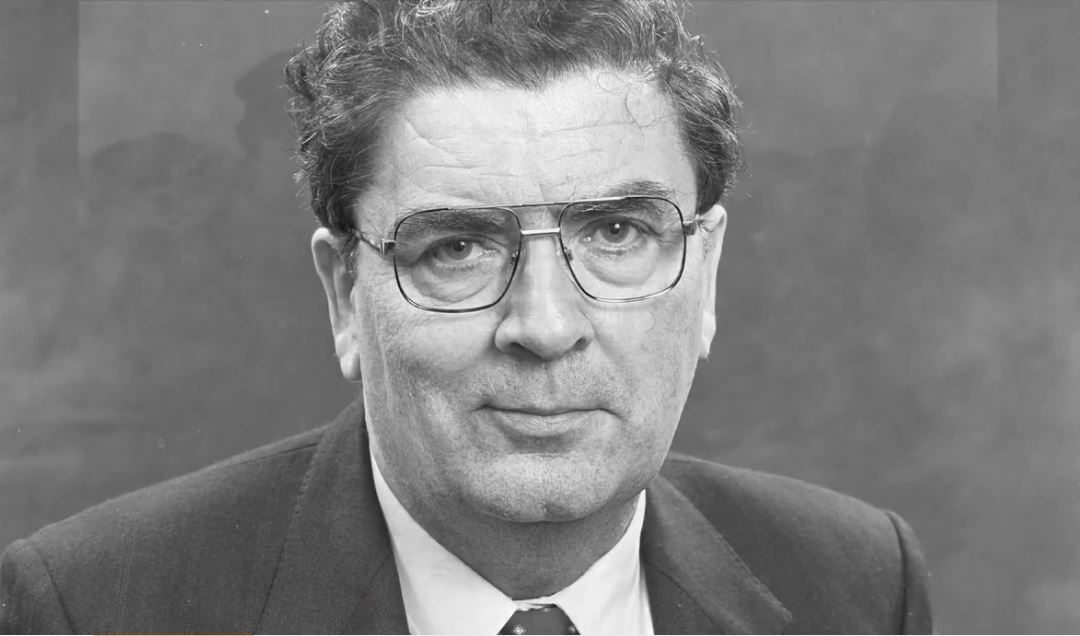
John Hume (1937-2020) was an Irish politician and civil rights leader who played a key role in the Northern Ireland peace process. Nobel Peace Prize laureate.
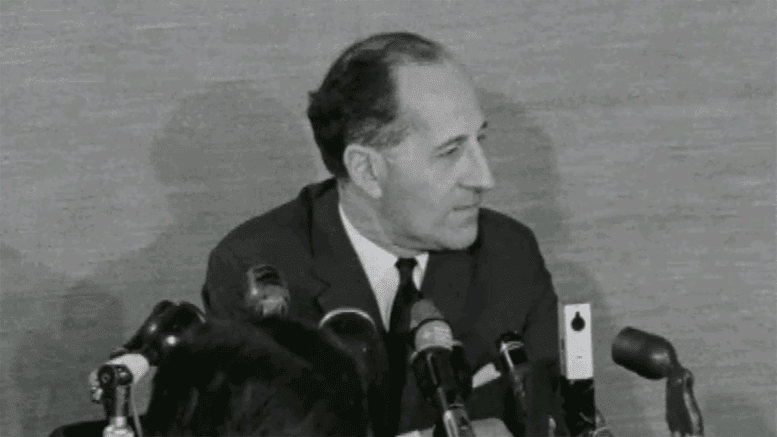
Terence Marne O’ Neill (1914-1990) was the fourth Prime Minister of Northern Ireland and the first of them who endeavored to reconcile Protestants and Catholics within the northern state and also to attempt a normalization of affairs with the Irish Republic. Born in...
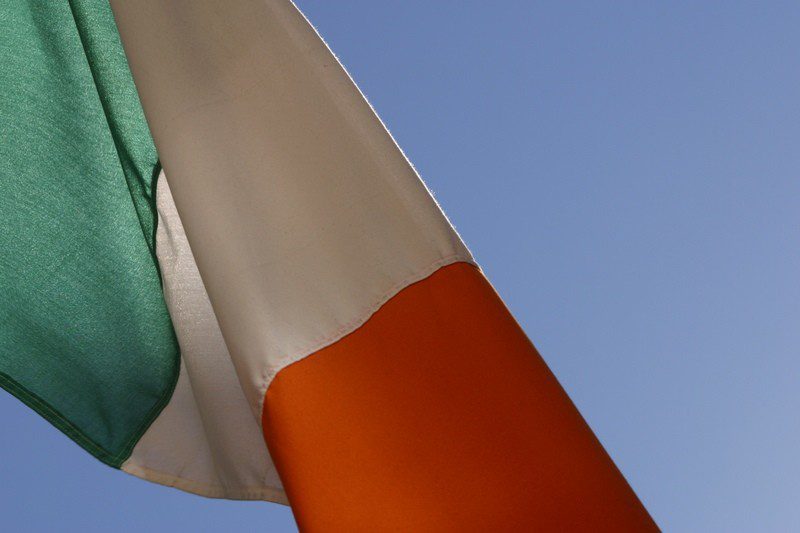
The Republic of Ireland Act was signed by the President of Ireland. It became law on 21 December 1948 and was brought into force on 18 April 1949, the 33rd anniversary of the Easter Rising. Since Eamon De Valera had introduced his constitution (Bunreacht na hÉireann)...
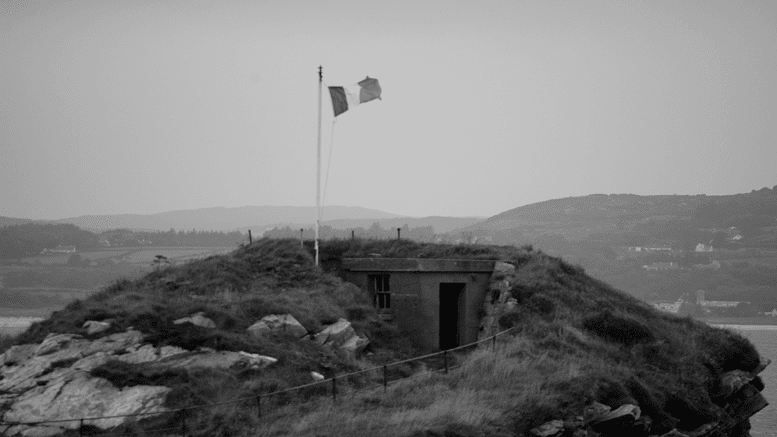
During the 1930’s Europe was inching steadily towards war. The fascist states of Germany and Italy were in the process of expanding their empires. Stalinist Russia was in lock-down. The western democracies were in danger and the path to war seemed unstoppable. In...
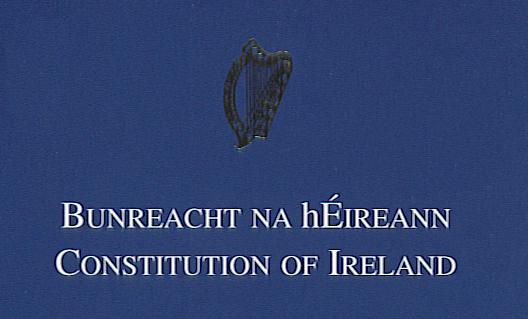
Although Eamon de Valera had fought for an Irish republic during the rising of Easter 1916 and later during the War of Independence 1919-1921 and on the anti-treaty side during the Civil War 1922-1923, he was able to ascend to power within a twenty-six county Free...
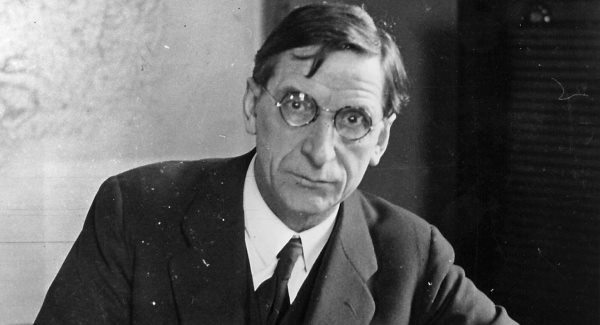
Prior to the civil war of 1922-1923, the Irish Republican Army (IRA) principle allegiance was to the national government assembly known as Dáil Éireann. However, many members of both the IRA and the Dáil found that they could not agree with the terms of peace and the...
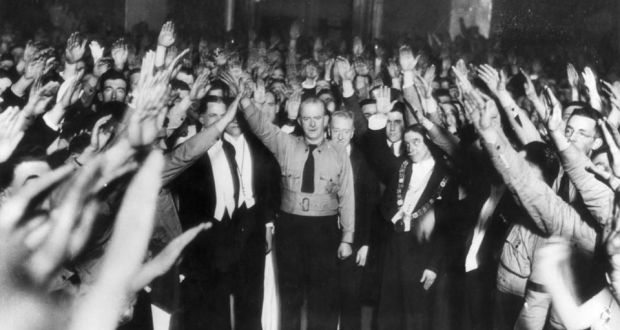
Following the civil war, the Irish Free State was governed by the pro-treaty parties the largest of which was, Cumann na nGaedheal, from 1923 to 1933. This was the party of William T. Cosgrave, a veteran of the Easter Rising and Minister of Local Government in Dáil...
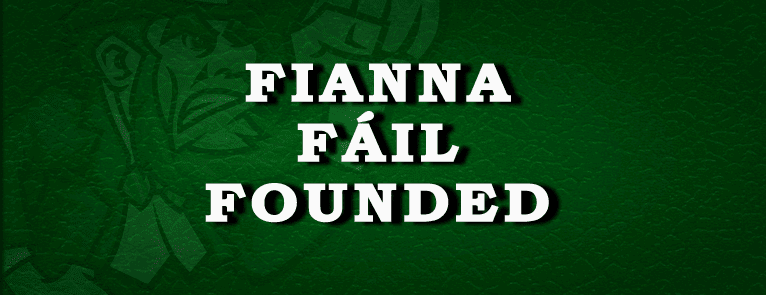
In 1923, the irregular troops laid down their arms, giving victory to the Free State forces. Eamon de Valera, as Director of Operations for the anti-treaty side, was apprehended and imprisoned. As the country settled down he was released in 1924 and decided that...